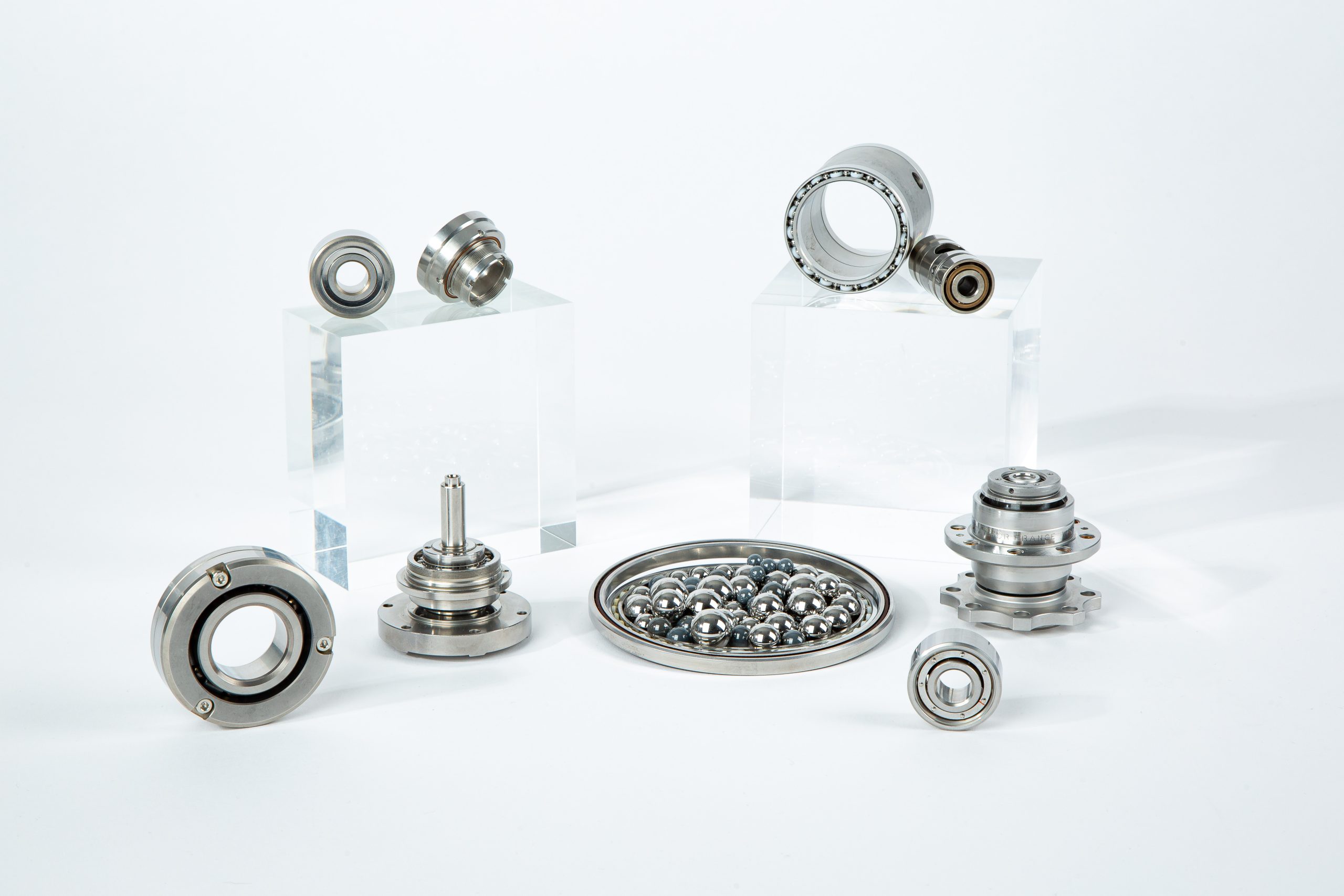The different types of metal used at ADR
At ADR, we use different types of metal to manufacture our ball bearings depending on the project and application.
- Stainless steel
Stainless steel is commonly used for the bearings at ADR. The martensitic stainless steel presents strong hardness and excellent abrasion resistance. Moreover, its chromium content makes it highly resistant to corrosion.
- Chromium steel
Chromium steel presents a high hardness and high dimensional stability allowing it to resist heavy loads and to be usable at up to +150°C. Thanks to its homogeneous structure at both macroscopic and microscopic levels, it is able to respond to requirements of small torques and high rotating velocities. However, it is not recommended for corrosive environments.
- High-speed steel
High-speed tungsten steel is used for very high temperature applications of up to +550°C. Its fine structure makes it particularly ideal for applications with a very low noise level.
- Superalloy
At ADR we mainly use ALACRITE or STELLITE alloys which are cobalt based alloys with a high chromium and tungsten content. They can be used in the following environments:
- Wide temperature ranges from -180 °C to +800 °C
- Highly corrosive environments (thanks to an exceptional resistance to oxidation)
- Applications requiring non-magnetic materials (due to their very low steel content)
Cobalt confers good rubbing characteristics and excellent resistance to abrasion and decreases the risk of seizure. The additions of chromium and tungsten form very hard and stable carbides which obtain strong hot and cold hardness for this type of alloy.
- Light alloy
Light alloys are usually used for structural parts in the design of specific ball bearings due to their density or non-magnetism. Ti6AI-4V offers an excellent combination of mechanical properties, with low density, good corrosion resistance and high temperatures (of up to +400 °C), in addition to being non-magnetic.
- Ceramic
ADR can propose hybrid ball bearings with steel rings and ceramic balls for use:
- At high speed
- In a corrosive environment
- With limited lubrication
- In a magnetic environment

